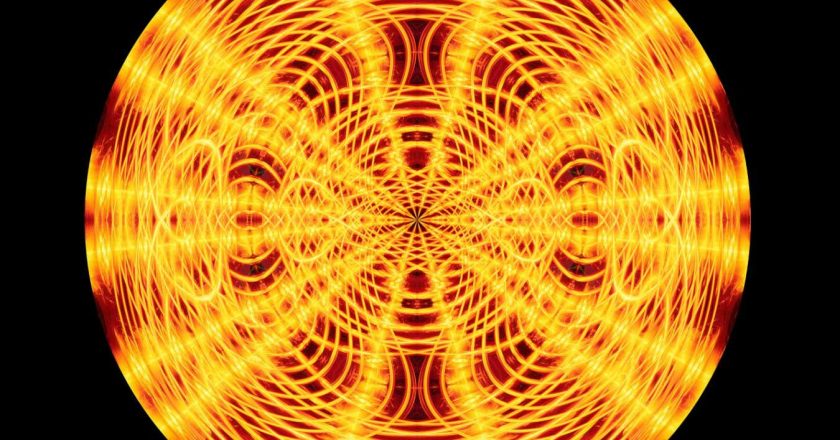U.N. Celebrates First World Glacier Day – State of the Planet
Melting glaciers can have profound effects on nations all over the world—from mountain communities to small island states. At the U.N. headquarters in New York on Friday, March 21, U.N. General Assembly President Philémon Yang closed the proceedings of the inaugural World Glacier Day with a stark warning: “We cannot afford to wait, we must act before the ice disappears…before our glaciers all disappear.”
Alphabetically arranged flags outside the United Nations Headquarters in New York. Credit: Joseph Griffiths
The event was held in the Trusteeship Council Chamber, a space used from the 1940s through the 1990s to oversee the decolonization of territories under the administration of the U.N. The location was symbolic, since the chamber has long been associated with international coop...




